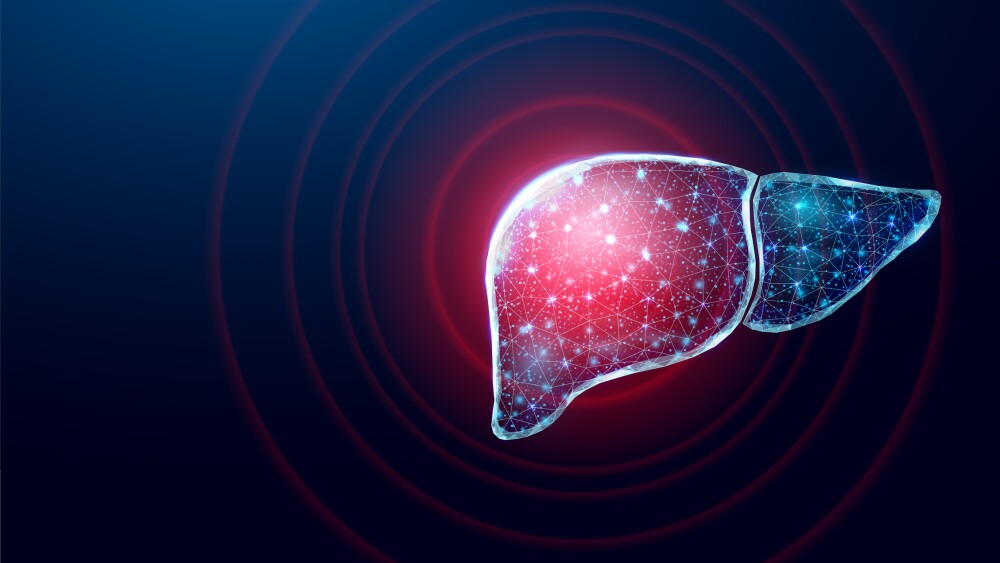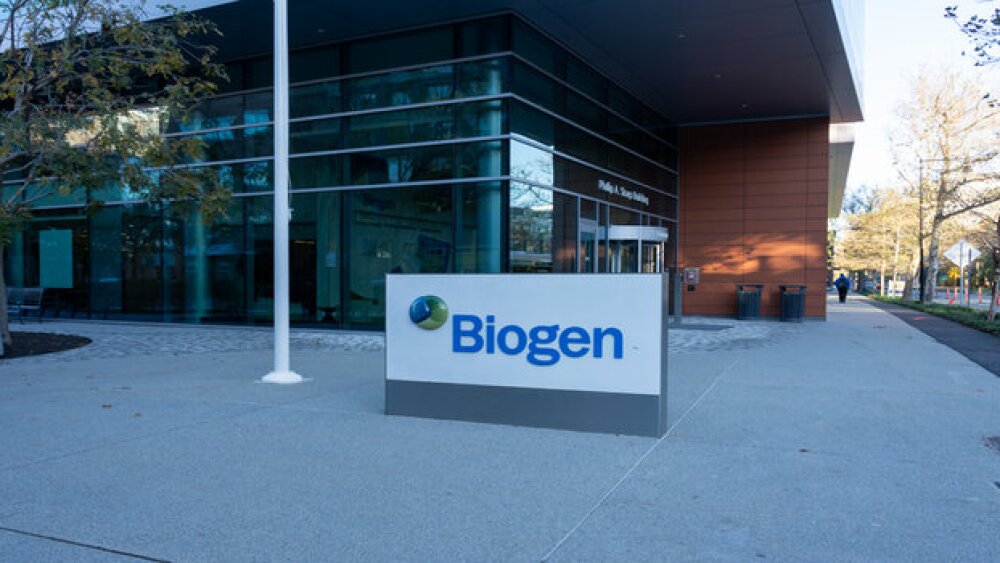Panbela Therapeutics, Inc. (Nasdaq: PBLA) today announced that it has commenced a Phase II double-blind, randomized study to evaluate CPP-1X-T (Eflornithine tablets) for recent onset type 1 diabetes, in collaboration with Indiana University School of Medicine and funded by JDRF, the leading global type 1 diabetes research and advocacy organization.
MINNEAPOLIS, Jan. 11, 2023 (GLOBE NEWSWIRE) -- Panbela Therapeutics Inc., (Nasdaq: PBLA), a clinical stage company developing disruptive therapeutics for the treatment of patients with urgent unmet medical needs, today announced that it has commenced a Phase II double-blind, randomized study to evaluate CPP-1X-T (Eflornithine tablets) for recent onset type 1 diabetes, in collaboration with Indiana University School of Medicine and funded by JDRF, the leading global type 1 diabetes research and advocacy organization.
Indiana University expects to enroll 70 patients in the Phase II clinical trial at approximately 6 centers in the United States. Study eligibility will be for patients with recent onset type 1 diabetes. Participants will be randomized 2:1 to CPP-1X-T, administered orally with food, twice daily, at a 1000 mg/m2 dose, or placebo over 6 months followed by a 6 month wash out period to assess durability of response. The primary objective will be to determine the difference between the treated and placebo 2-hour Area Under the Curve (AUC)-mean using the log (mean C-peptide+1) at the 6-month end of treatment period. Secondary objectives will include C-peptide AUC, fasting and stimulated proinsulin/c-peptide ratios a biomarker of β cell stress, and the urine polyamine content at 3, 9, and 12 months timepoints.
“We are pleased to begin the Phase II trial for CPP-1X-T with Indiana University and JDRF, the leading global organization advancing life-changing breakthroughs for type 1 diabetes (T1D),” said Jennifer K. Simpson, PhD, MSN, CRNP, President & Chief Executive Officer of Panbela. “Some 1.45 million Americans are living with T1D. In the U.S., there are $16 billion in T1D-associated healthcare expenditures and lost income annually. Moreover, less than one-third of people with T1D in the U.S. are consistently achieving target blood-glucose control levels. We are excited to move forward with the Phase II Trial, along with Indiana University and JDRF, to provide better treatment options for this patient population.”
About our Pipeline
The pipeline consists of assets currently in clinical trials with an initial focus on familial adenomatous polyposis (FAP), first-line metastatic pancreatic cancer, neoadjuvant pancreatic cancer, colorectal cancer prevention and ovarian cancer. The combined development programs have a steady cadence of catalysts with programs ranging from pre-clinical to registration studies.
SBP-101 Ivospemin
Ivospemin is a proprietary polyamine analogue designed to induce polyamine metabolic inhibition (PMI) by exploiting an observed high affinity of the compound for pancreatic ductal adenocarcinoma and other tumors. It has shown signals of tumor growth inhibition in clinical studies of metastatic pancreatic cancer patients, demonstrating a median overall survival (OS) of 14.6 months and an objective response rate (ORR) of 48%, both exceeding what is typical for the standard of care of gemcitabine + nab-paclitaxel suggesting potential complementary activity with the existing FDA-approved standard chemotherapy regimen. In data evaluated from clinical studies to date, ivospemin has not shown exacerbation of bone marrow suppression and peripheral neuropathy, which can be chemotherapy-related adverse events. Serious visual adverse events have been evaluated and patients with a history of retinopathy or at risk of retinal detachment will be excluded from future SBP-101 studies. The safety data and PMI profile observed in the previous Panbela-sponsored clinical trials provide support for continued evaluation of ivospemin in the ASPIRE trial. For more information, please visit https://clinicaltrials.gov/ct2/show/NCT03412799.
Flynpovi ™
Flynpovi is a combination of CPP-1X (eflornithine) and sulindac with a dual mechanism inhibiting polyamine synthesis and increase polyamine export and catabolism. In a Phase 3 clinical trial in patients with sporadic large bowel polyps, the combination prevented > 90% subsequent pre-cancerous sporadic adenomas versus placebo. Focusing on FAP patients with lower gastrointestinal tract anatomy in the recent Phase 3 trial comparing Flynpovi to single agent eflornithine and single agent sulindac, FAP patients with lower GI anatomy (patients with an intact colon, retained rectum or surgical pouch), Flynpovi showed statistically significant benefit compared to both single agents (p≤0.02) in delaying surgical events in the lower GI for up to four years. The safety profile for Flynpovi did not significantly differ from the single agents and supports the continued evaluation of Flynpovi for FAP.
CPP-1X
CPP-1X (eflornithine) is being developed as a single agent tablet or high dose power sachet for several indications including prevention of gastric cancer, treatment of neuroblastoma and recent onset Type 1 diabetes. Preclinical studies as well as Phase 1 or Phase 2 investigator-initiated trials suggest that CPP-1X treatment may be well-tolerated and has potential activity.
About Panbela
Panbela Therapeutics, Inc. is a clinical-stage biopharmaceutical company developing disruptive therapeutics for patients with urgent unmet medical needs. Panbela’s lead assets are Ivospemin (SBP-101) and Flynpovi. Further information can be found at www.panbela.com. Panbela’s common stock is listed on The Nasdaq Stock Market LLC under the symbol “PBLA”.
Cautionary Statement Regarding Forward-Looking Statements
This press release contains “forward-looking statements,” including within the meaning of the Private Securities Litigation Reform Act of 1995. Forward-looking statements can be identified by words such as: “ antici p ate ,” “believe,” “design,” “expect,” “feel,” “intend,” “may,” “plan,” “scheduled,” and “will.” Examples of forward-looking statements include statements we make regarding results of collaborations with third parties and future studies. All statements other than statements of historical fact are statements that should be deemed forward-looking statements. Forward-looking statements are neither historical facts nor assurances of future performance. Instead, they are based only on our current beliefs, expectations, and assumptions regarding the future of our business, future plans and strategies, projections, anticipated events and trends, the economy and other future conditions. Because forward-looking statements relate to the future, they are subject to inherent uncertainties, risks and changes in circumstances that are difficult to predict and many of which are outside of our control. Our actual results and financial condition may differ materially and adversely from the forward-looking statements. Therefore, you should not rely on any of these forward-looking statements. Important factors that could cause our actual results and financial condition to differ materially from those indicated in the forward-looking statements include, among others, the following: ( i ) our ability to obtain additional funding to execute our business and clinical development plans; (ii) progress and success of our clinical development program; (iii) the impact of the current COVID-19 pandemic on our ability to conduct our clinical trials; (iv) our ability to demonstrate the safety and effectiveness of our product candidates: ivospemin ( SBP-101 ) and eflornithine (CPP-1X) (v) our reliance on a third party for the execution of the registration trial for our product candidate Flynpovi ; (vi) our ability to obtain regulatory approvals for our product candidates, SBP-101 and CPP-1X in the United States, the European Union or other international markets; (vii) the market acceptance and level of future sales of our product candidates, SBP-101 and CPP-1X ; (viii) the cost and delays in product development that may result from changes in regulatory oversight applicable to our product candidates, SBP-101 and CPP-1X ; (ix) the rate of progress in establishing reimbursement arrangements with third-party payors; (x) the effect of competing technological and market developments; (xi) the costs involved in filing and prosecuting patent applications and enforcing or defending patent claims; and (xi) such other factors as discussed in Part I, Item 1A under the caption “Risk Factors” in our most recent Annual Report on Form 10-K, any additional risks presented in our Quarterly Reports on Form 10-Q and our Current Reports on Form 8-K. Any forward-looking statement made by us in this press release is based on information currently available to us and speaks only as of the date on which it is made. We undertake no obligation to publicly update any forward-looking statement or reasons why actual results would differ from those anticipated in any such forward-looking statement, whether written or oral, whether as a result of new information, future developments or otherwise.
Contact Information:
Investors:
James Carbonara
Hayden IR
(646) 755-7412
james@haydenir.com
Media:
Tammy Groene
Panbela Therapeutics, Inc.
(952) 479-1196
IR@panbela.com






